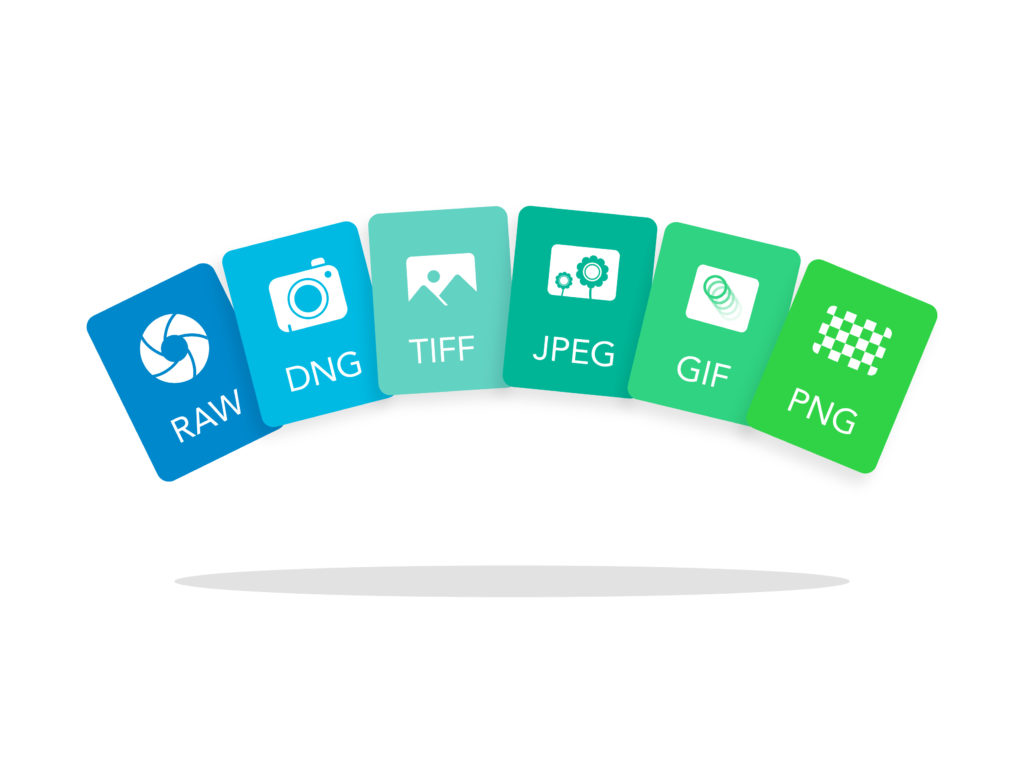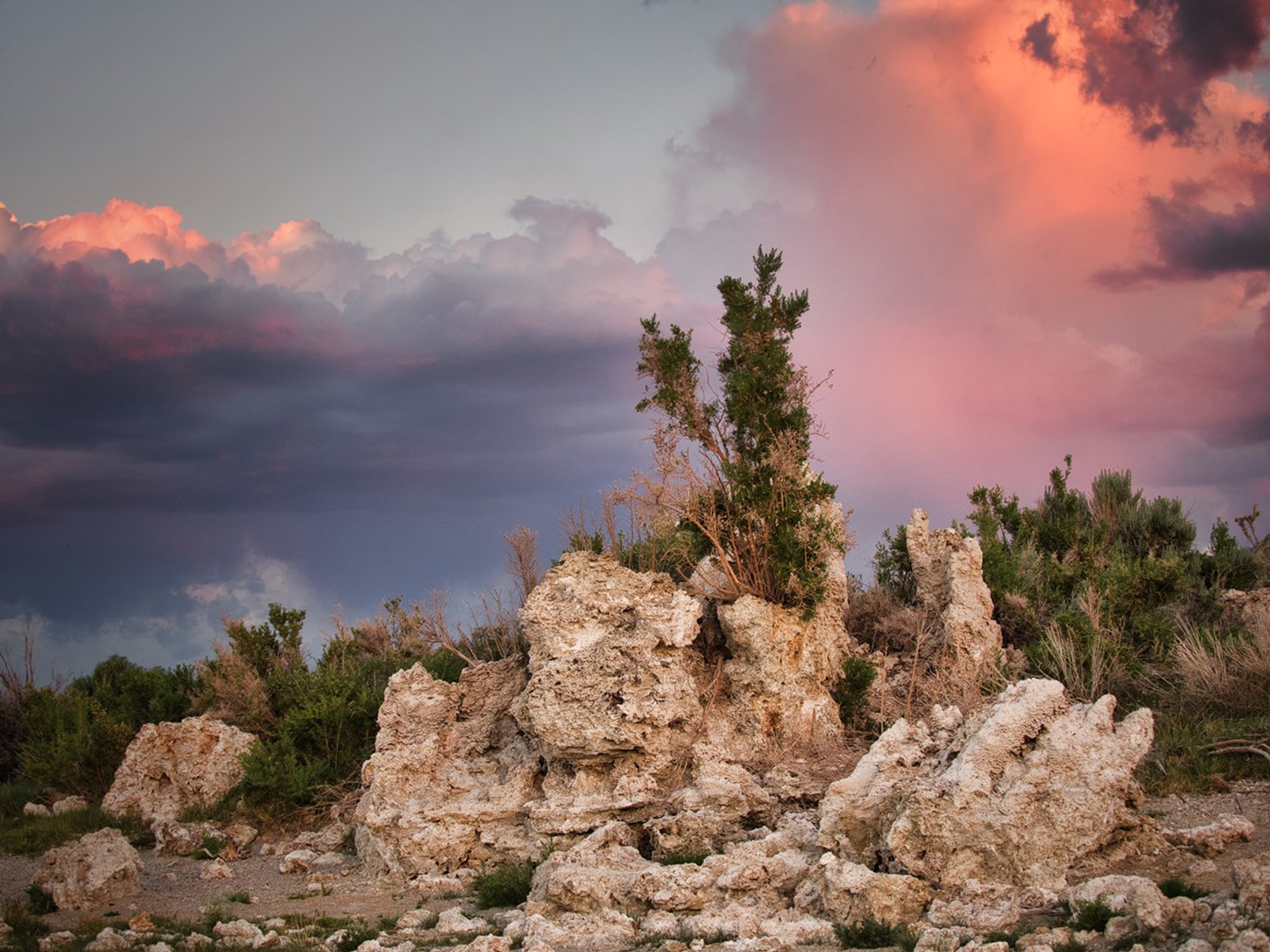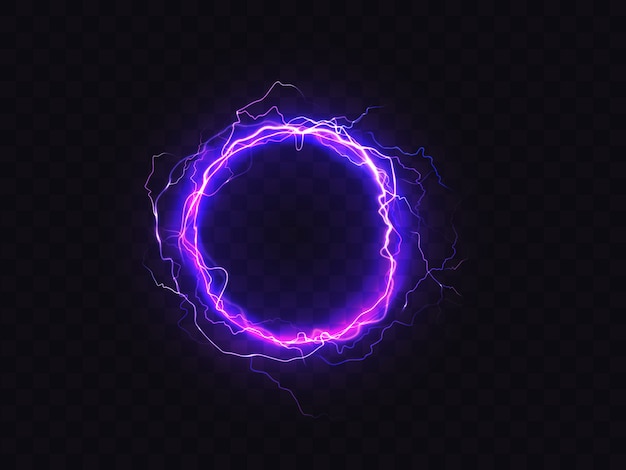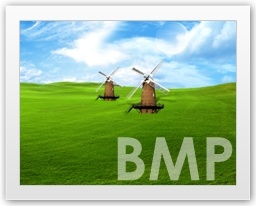When you take a photograph, what's essentially happening is that the camera is capturing data, which creates a digital image. There are many various sorts of file formats, which may be retrieved and edited employing a photo editing software. the foremost commonly used ones are:
- JPEG ( Joint Photographic Expert Group)
- TIFF ( Tagged Image File Format)
- RAW
- DNG ( Digital Negative Format)
- PNG ( Portable Network Graphic)
- GIF ( Graphic Interchange Format)
- BMP ( Bitmap)
- PSD ( PhotoShop Document)
JPEG
This is probably the best known of all image file formats, and what the bulk of digital cameras provide as a digital output from a camera. The thing that you simply should remember is that JPEG files are compressed quickly within the camera, and thus end in a loss of detail and quality. they're essentially found out to store as many images on the memory card as possible. Some cameras will have options for various quality levels of JPEG (e.g., low, medium, and high). This basically means the higher the standard that you simply require, the less compression the camera will perform on the first photograph.
Generally speaking JPEGs should be used:
- When the photos are for personal use, for social media, albums, and small prints and not intended for large size prints
- When you don’t intend to enhance or edit the photos much in post-production (e.g., using Photoshop)
- For sharing images via email (without the intention of large size prints)
Benefits (pros)
- Small file sizes means more can be stored on a memory card
- Quicker file transfer times, due to smaller file size
Negatives (cons)
- Loss of quality due to image compression
- Less opportunity for image manipulation in photo editing software
TIFF
This is the foremost commonly used industry-standard file format, and is generally what print or publishers invite . even if the top file format required may be a JPEG, the initial captured file would be TIFF. These file formats are usually uncompressed, and as a result offer the chance for extensive post-processing. thanks to the very fact that they're uncompressed, they're also much bigger files, so will take far more space both on your memory cards and also for storage on your computer. Some cameras offer TIFF because the highest image quality level in camera.
BENEFITS
- Ability to manipulate photos extensively in photo editing software
- Option to print at the highest quality and at much larger sizes
NEGATIVES
- Much bigger file sizes (more storage needed)
- Longer transfer and loading times due to file size
RAW
RAW files are generally available on advanced compact cameras and DSLRs and quite simply put; it's the simplest option if you would like to urge absolutely the best file from your camera – this is often the choice preferred by professional photographers. the matter with not using raw files is that your camera will make adjustments, which are permanently embedded into your photos.
Raw files are compressed using a process that retains all of the knowledge originally captured. this suggests that adjustments like white balance, exposure, contrast, saturation, sharpness can all be altered in an image editing software, after the image has been taken. Photographing in raw format would require many memory cards, to not mention considerable post-processing time. it'll also require some basic knowledge of image editing software like Adobe Lightroom or Photoshop, as files will need to be edited and converted before they will be used (to share online, print, send to friends, etc.).
BENEFITS
- The best quality image file is captured
- Extensive options in post-processing and image manipulation
NEGATIVE
- Time needed to convert and edit photos (you must edit raw files)
- Bigger file sizes mean more storage needed and longer post-processing times
DNG (Digital Negative)
Just about every camera lately uses a special proprietary format to capture raw files. Even cameras from an equivalent manufacturer will often use different formats, which suggests image editing software must to be able read files from all of those different cameras and formats. As a result, the challenge that photo editing software providers face, is the way to manage and continuously provide updates for his or her software to be ready to read all the various camera formats.
Enter the DNG. This file format, created by Adobe, is an effort to make a typical raw file format across all manufacturers and cameras. this is often offered as a main raw file format, or as an alternate to the manufacturer’s native raw format. one among the issues with keeping images in their original raw format is that in years to return you'll be unable to access them, as they're specific thereto camera and manufacturer. But using an Adobe DNG Convertor means you'll also store your raw files as DNG files for max future security. This does add another step within the post-processing workflow, which suggests longer is required. However, using image-processing software, like Lightroom, can help in converting large batches of files in order that it doesn’t need to be done manually.
BENEFITS
- Ability to use image processing software such as Lightroom and Photoshop
- Possibly safer option long term, to guard against inability to open or access files in future
NEGATIVES
- Extra time needed to convert camera raw files to DNG (if your camera does not have the option to supply files in this format)
PNG
Designed within the 90s as an improvement for GIF file format, PNG files are ideal to be used on the internet. The strength of PNGs are that they're compressed during a lossless format, then retain all the digital detail. But unlike other file formats, that quality doesn’t mean big file sizes, which aren't useful on the web where you would like pages to be loaded quickly. the other advantage of PNG files are that they allow for partial (effects like drop shadows) or total transparency which is ideal for overlays or logos.
BENEFITS
- Lossless compression means good image quality, which isn’t compromised when editing
- The ability to maintain transparency, which is ideal for things like overlays or logos
NEGATIVES
- Quality will not be good enough for printing at any size
GIF
Like PNGs, GIF files are ideal to be used on the internet. Lossless compression means image quality isn't sacrificed, and like PNGs they also offer the power to maintain transparency (but can’t support partial transparency) and also leave animation. However, the limitation of GIF files are that they will only contain a maximum of 256 colours, and thus aren't the simplest choice for photos, but rather images with a limited colour palette.
BENEFITS
- Small file sizes makes these ideal for use on the web
- Files can contain animation
NEGATIVES
- Limited colours means it is not the best choice for photos
- Does not support partial transparency like drop shadows
BMP
Another lossless file format, BMP was invented by Microsoft, initially to be used on the Windows platform but is now recognized by programs on Macs also . BMPs are large file sizes as colour data is saved in each individual pixel within the image with none compression. As a result this provides a top quality digital file, which is great to be used in print, but not ideal for web usage.
BENEFITS
- Can be used for printing as images are saved in high quality format
NEGATIVES
- Large file sizes means a lot of storage is required
PSD
This file type is what Adobe Photoshop uses as a default to save lots of data. the large advantage of PSD files are that it allows for manipulation on specific individual layers, instead of on the most image itself. This makes it absolutely essential for any kind of extensive manipulation of the first photograph – like retouching. this provides far greater flexibility and therefore the ability to fine tune an image as layers are often added, removed or edited at any time with none effect on the first photo (as long as all editing has been done on layers) or other layers. But remember that when a layered PSD file is flattened (this process essentially merges all of the layers) it can’t be undone, so confirm you save your file as a PSD file before flattening.
BENEFITS
- Ability to manipulate the image extensively on separate layers
- Once the image is ready it can be re-saved as any other file format
NEGATIVES
- Layered files can be incredibly large in size due all of the additional data stored
These are the foremost common file types used. Professional photographers generally capture in raw format (even if the ultimate file needed is JPEG), convert those files to DNG, then edit in photo editing software such as Photoshop or Lightroom. But as you'll see choosing the proper file format to capture the first photo and subsequently reserve it as is imperative.
Do you use any other file formats? What image editing software do you use? Share your tips and comments below.






.gif)


4 Comments
DNG files https://beatcolor.com/blog/dng-file/
ReplyDeleteMany thanks for your useful knowledge.
ReplyDeleteI'm working as a real estate photographer , about 7 years. I always using RAW to merge and edit the brackets.
Nice article! Our team highly appreciated your knowledge. I love to read real estate photo editing articles
ReplyDeleteI’m saving this! For our real estate photos, I need to know well about these File Formats. If you need expert real estate photo retouching, you can see more at BeatColor
ReplyDelete